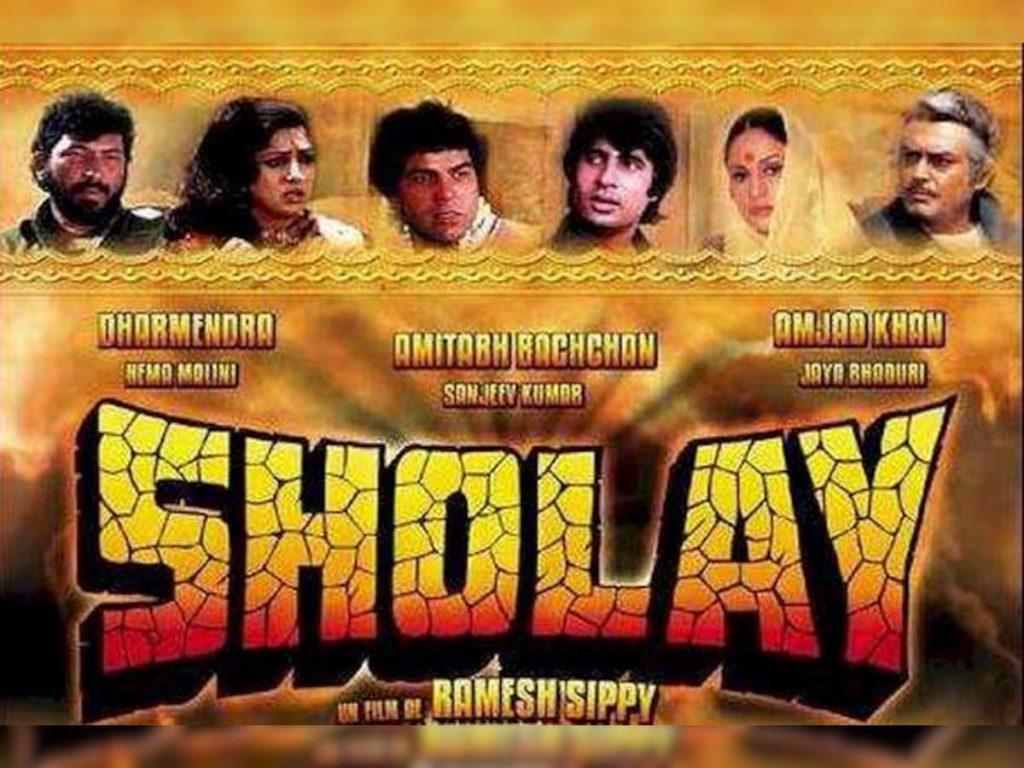Bollywood is a Hindi-language film business in India that began in Bombay (now Mumbai) in the 1930s and has grown into a massive film empire. After early silent film attempts in India, Himansu Rai’s Bombay Talkies, which opened in 1934, spurred the emergence of Indian filmmaking.
Bollywood has produced several classic genres over the years, including historical epics like Mughal-e-Azam (1960), curry westerns like Sholay (1975), courtesan films like Pakeezah (1972), which feature stunning cinematography and sensual dance choreography, and mythological films like Jai Santoshi Maa (1975).
The Hindi film business in India, now known as Bollywood and formerly known as Bombay cinema, is centered in Mumbai (formerly Bombay). The term is a combination of the words ‘Bombay’ and ‘Hollywood.’ The industry is linked to South Indian cinema and other Indian film industries, which together make up Indian cinema, the world’s largest in terms of feature film production.

In 2017, India’s feature film industry produced 1,986 films, with Bollywood producing 364 Hindi films in the same year. In 2014, Bollywood accounted for 43 percent of Indian net box-office earnings, while Tamil and Telugu films accounted for 36 percent and regional films accounted for 21 percent. Bollywood has surpassed the United States’ film industry as the world’s largest film production center. According to reports, Indian films (including Bollywood) sold an estimated 3.6 billion tickets worldwide in 2001, compared to 2.6 billion sold by Hollywood.
Since the 1970s, the masala film has been the most successful commercial genre in Bollywood, combining several genres such as action, comedy, romance, drama, and melodrama, as well as musical numbers.
Masala films are generally classified as musical films, of which Indian cinema has been the leading producer since the 1960s when it surpassed the total musical output of the American film industry after musical films declined in the West; the first Indian musical talkie, Alam Ara (1931), was released several years after the first Hollywood musical talkie, The Jazz Singer (1927).
Parallel cinema, a different genre of art film that avoids musical numbers and presents realistic material, existed alongside commercial masala blockbusters. The line between commercial masala and parallel cinema has been blurring in recent years, with an increasing number of mainstream films adopting characteristics that were previously only identified with parallel cinema.
Also READ: Which Hollywood movie includes a scene of Mumbly pegs?